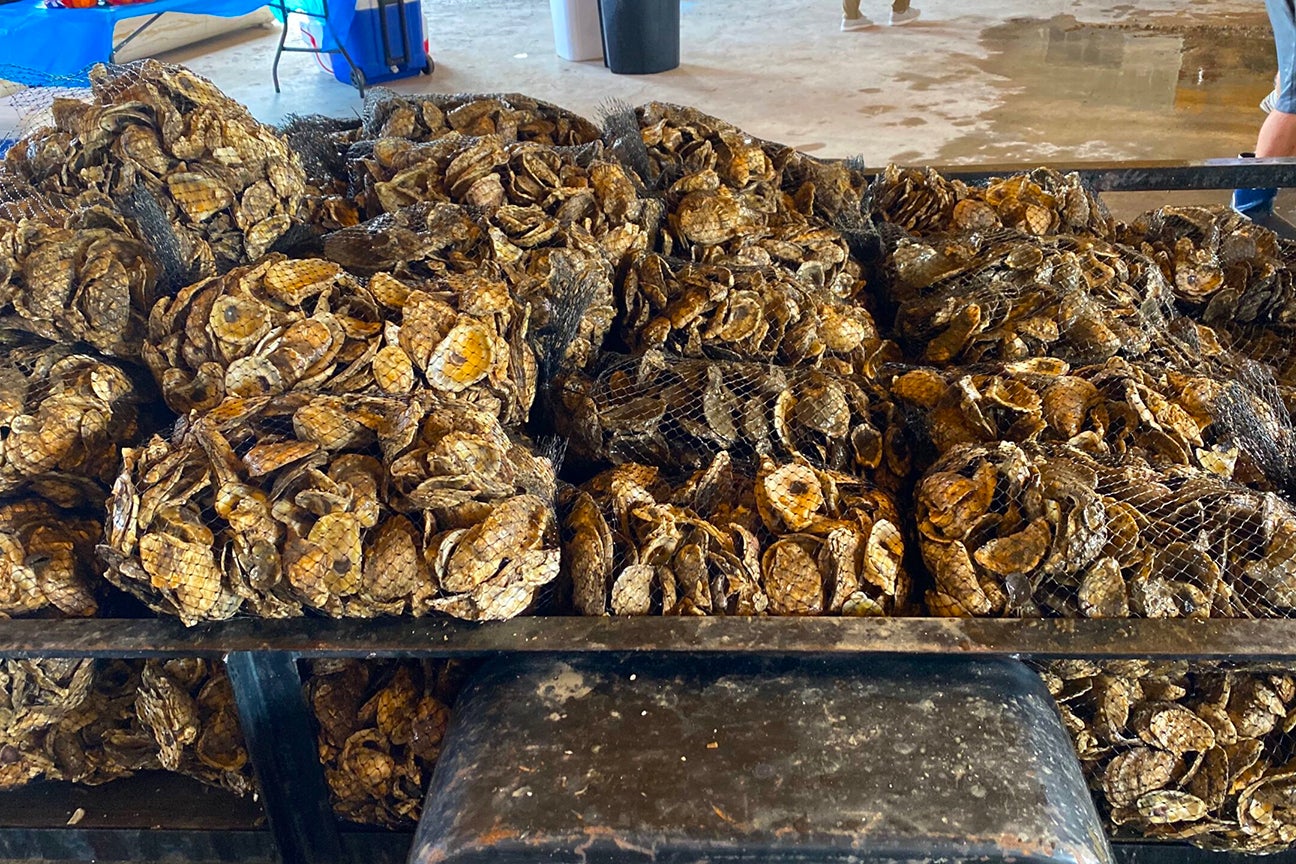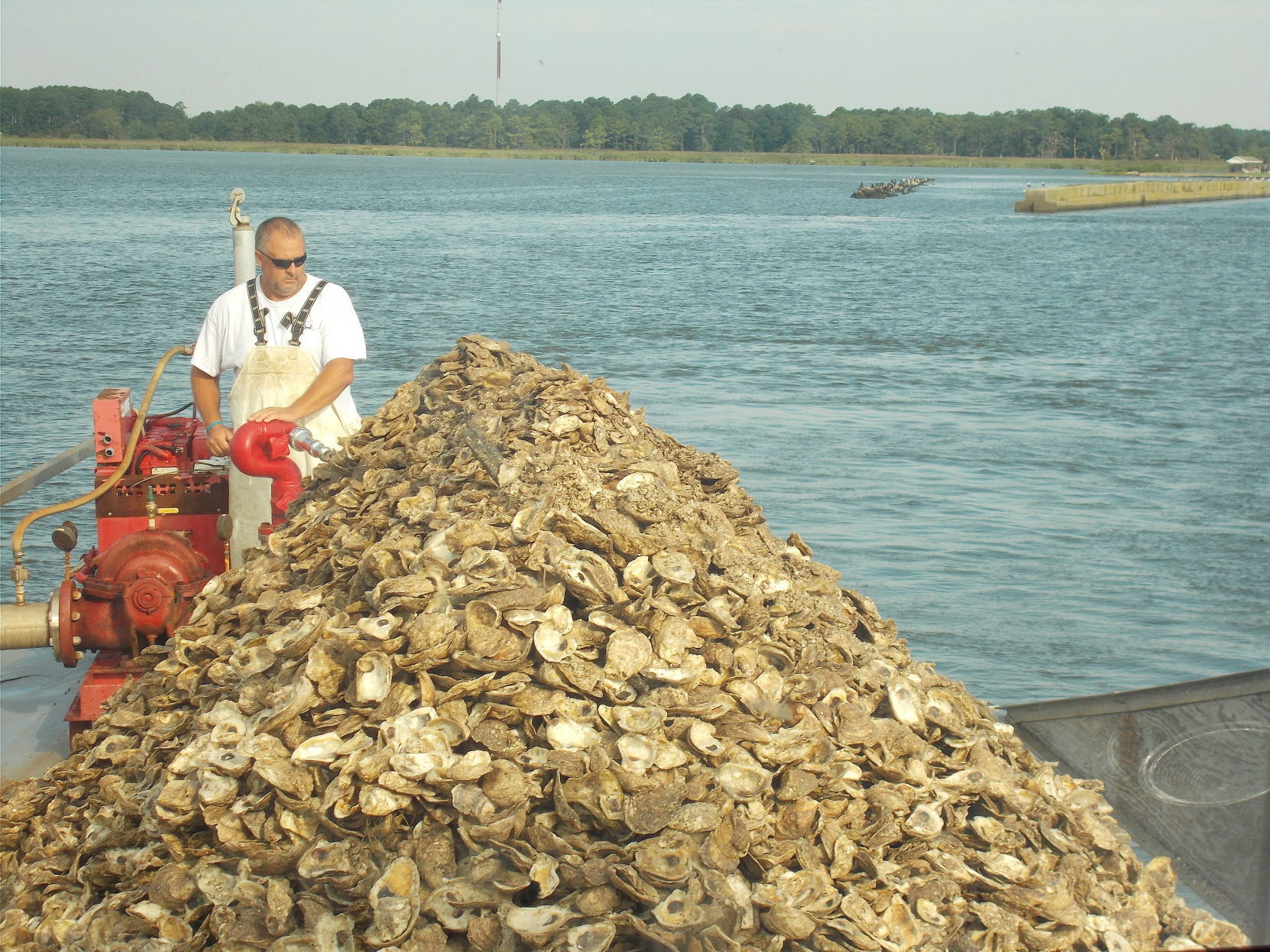

Pearl oysters are not closely related to true oysters, being members of a distinct family, the feathered oysters ( Pteriidae). Pearls can form in both saltwater and freshwater environments. Pearl oysters Īlmost all shell-bearing mollusks can secrete pearls, yet most are not very valuable. Ostreidae evolved in the Early Triassic epoch: The genus Liostrea grew on the shells of living ammonoids.

Examples include the European flat oyster, eastern oyster, Olympia oyster, Pacific oyster, and the Sydney rock oyster. This family includes the edible oysters, which mainly belong to the genera Ostrea, Crassostrea, Ostreola, Magallana, and Saccostrea. True oysters are members of the family Ostreidae. The French derived from the Latin ostrea, the feminine form of ostreum, which is the latinisation of the Ancient Greek ὄστρεον ( ostreon) 'oyster'. “I didn’t realize oysters had a big impact on the environment,” he said.The word oyster comes from Old French oistre, and first appeared in English during the 14th century. Stanislaus garden, collect data and supervise other students - not for pay but for a credit on their transcripts - said he was excited by the hands-on aspect. Waters, an Auburn University extension associate professor who oversees Alabama’s oyster gardening at Mississippi-Alabama Sea Grant.Ĭolin Wood, one of two student interns who maintain the St.

In Mobile Bay and in Mississippi, it may take only four to five months to have oysters ready to transplant, said P.J. It can take oysters three to four years to reach adulthood in the Chesapeake, and a year to 18 months in raised cages. Oyster gardens get pulled from the water every week to 10 days to clear out critters, keep oysters from growing through the cage mesh, and dry out and clean off algae and seaweed growing on the wire. The project does not call them “oyster gardens” because the harbor's oysters are unsafe to eat and the goal is not food but restoration, she said. “Wish us luck, that’s gonna be tough,” Spain wrote in an email.ĭozens of schools and community groups around New York Harbor have similar projects as part of the Billion Oyster Project, spokeswoman Helene Hetrick said in an email. Tidewater hasn’t been able to collect data on reef contributions, but president emeritus Vic Spain thinks it’s probably at least 500,000 a year.Īn umbrella group called the Chesapeake Oyster Alliance has set a goal of 10 billion added oysters by 2025. Virginia’s Tidewater Oyster Gardeners Association members grow oysters to eat as well as to plant. Gardeners in the foundation and its member groups have added at least 15 million oysters in Maryland and 1 million in Virginia, Moore said. Declines in the second half of the 1900s followed an even more drastic crash in the 1920s from rampant overharvesting, said Chris Moore, senior ecosystem scientist for the Chesapeake Bay Foundation.

The Chesapeake Bay oysters were beset by two highly lethal parasitic diseases, in addition to other problems.


 0 kommentar(er)
0 kommentar(er)
